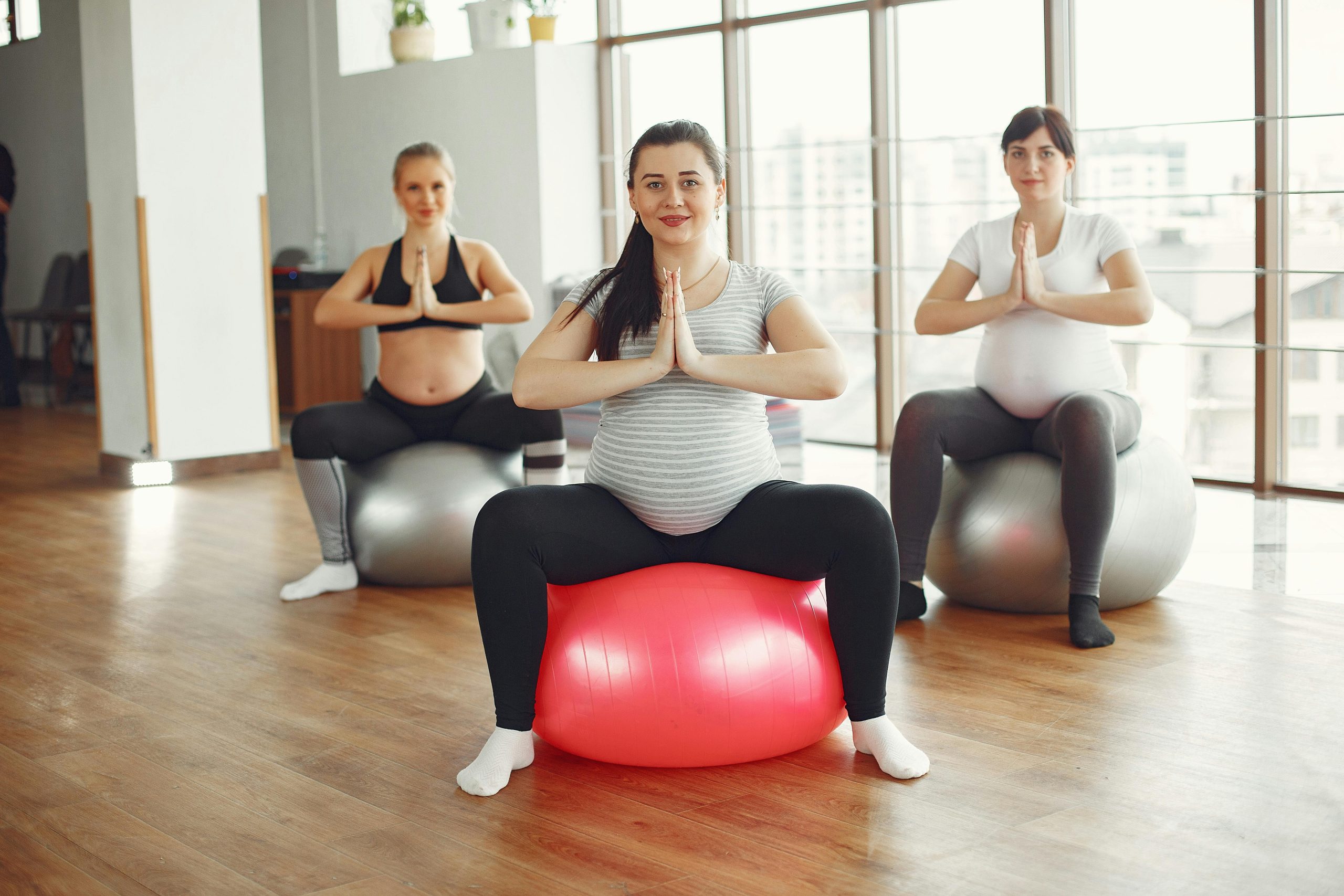Table of Contents
![]()
Running is a sport with millions of enthusiastic and experienced fans.
One big question emerges from several diverse opinions of runners: which is safer, running on a treadmill or running outside?
The supporters of both methods share a passion for racing. However, some outside runners claim that treadmill running is monotonous and repetitive, while treadmill runners may tend to run in a regulated environment.
Luckily, you can enjoy the advantages of any form of running.
This essay discusses the pros and cons of the treadmill and outdoor running to help you determine which one is better for you.
Running treadmill
A treadmill is an aerobic machine with a revolving belt that you can walk or run on. Treadmills are included in most of the fitness centres, or you can buy one yourself in shops or online.
Pros
Accessibility is one of the main benefits of using a treadmill. Because the bulk of treadmills are indoors, they can be used day or night and in any environment. This will make running more available to anyone who works out at night or live in areas with ever-changing conditions.
Many of the treadmill running proponents have the different features that the treadmill can give, such as precise regulation of their speed, incline, and intervals.
It is also good for those returning from injuries, as they can step slowly on a treadmill in a more regulated environment.
For example, running outside can pose a higher risk to those recovering from ankle injury due to factors such as rough ground and slippery sidewalks.
Finally, running on a treadmill could be safer for your knees, as most treadmills have cushioned belts that absorb some of the effects. On the other hand, the hard earth, particularly the sidewalks and roads, would not.
Contrarily to popular belief, most research shows that no form of running causes knee or joint damage.
Cons
Unlike outdoor running, where you can be surrounded by trees or lush greenery, indoor treadmill running means sitting in a set position where the treadmill is located. Some people claim that this will get tedious over time.
However several modern treadmills have displays that mimic outdoor running, which can make the process more pleasant. However many argue that this is never going to live up to running outside.
In comparison, treadmill running requires fewer muscle classes, such as glutes and hamstrings, relative to outdoor running. It’s because when you’re running on a treadmill, you appear to run with a consistent linear motion with a treadmill belt that propels you along.
An easy alternative is to integrate strength exercise into your workout regimen a couple of days a week. This will help you work with muscle classes that might be absent from the treadmill exercise.
Many athletes report a less normal and shorter run with a treadmill running due to the small parameters of the treadmill. This is problematic, though. A 2020 research found no major variations in the speed of gait between treadmill and outdoor running.
Finally, the expense is one of the main downsides of operating a treadmill. Treadmills are available to rent at the gym for $10 or more a month, although you can buy your treadmill from hundreds to thousands of dollars.
Running outdoor
Outdoor running means running outdoors on a road, a path, a pavement or some other outdoor landscape.
Pros
Many athletes point out that running outdoors is much more fun than running a treadmill due to shifting scenery, fresh air, challenging rocky terrain, and endless opportunities for running routes.
Increased variation can improve the desire of an individual to continue to exercise.
While both treadmill and outdoor running provide health benefits such as lower blood pressure, higher stamina, and lower risk of depression, outdoor running will have additional benefits simply by making you feel more connected to nature.
Interestingly, the 2016 study showed that spending at least 30 minutes a week on natural greenery, such as parks and woodland, could decrease the risk of depression by 7% and high blood pressure by 9%.
Besides, the different conditions and obstacles that you can face when running outdoors will help you activate other muscle groups and create a stronger balance. Actions may include escaping other people on the trail, hopping over puddles, or running up hills.
Also, evidence suggests that running outside can develop stronger bones because you’re running on tougher surfaces. This makes for increased bone gravitational force and stress, which is vital for bone metabolism.
Eventually, outdoor running is completely accessible, if you exclude running shoes and exercise equipment. This makes it possible for people to run on all incomes.
Cons
It is safest to run outside in dry, relatively mild weather. In the meantime, it is less suitable and riskier in fog, snow and very cold or hot weather. And if you have proper clothes, fitness, and planning, you can run outdoors in most weather conditions.
Also, running in intense cold or heat will increase the chance of dehydration. This can be life-threatening if you don’t wear enough clothes and rehydrate.
Eventually, running at night raises the risk of injuries which can be risky.
If you want to run at night, make sure to wear bright clothes and a headlamp to help you see. Tell a friend about your road, and when you plan to get home. Best still, find a running mate.
Share This




Be the first to comment